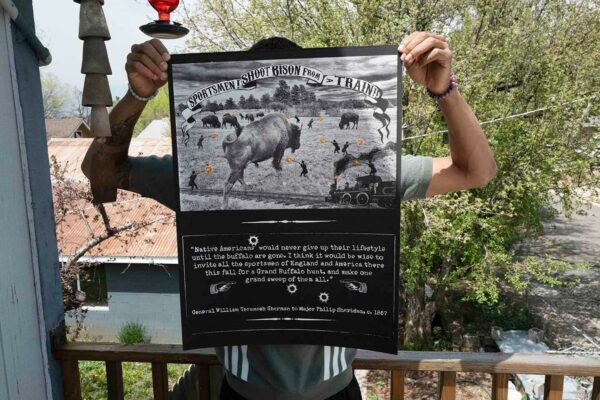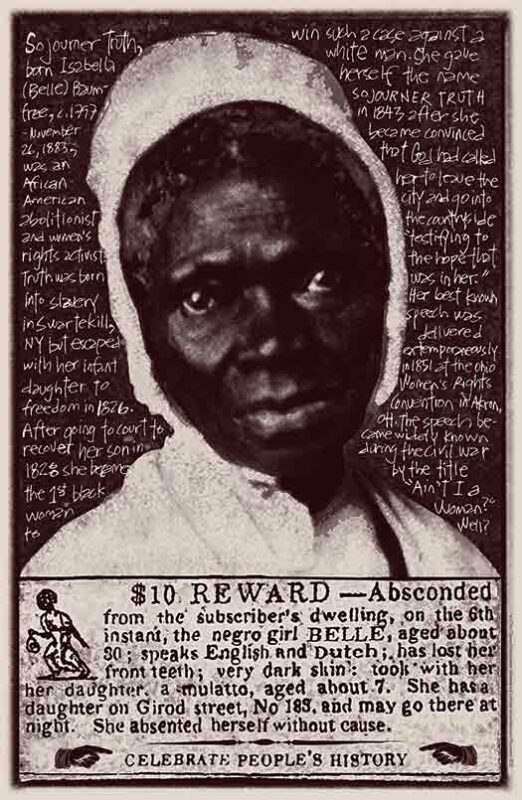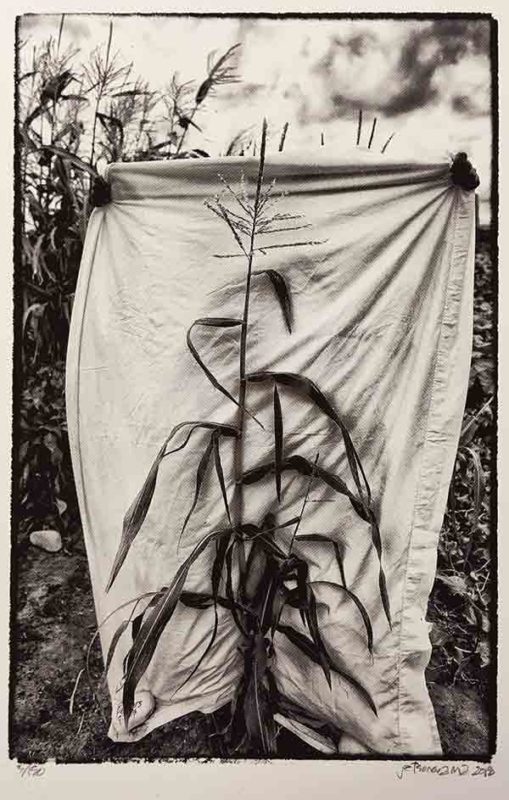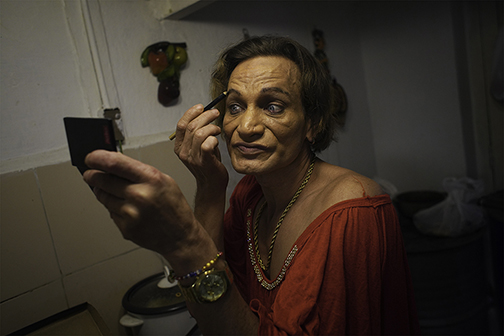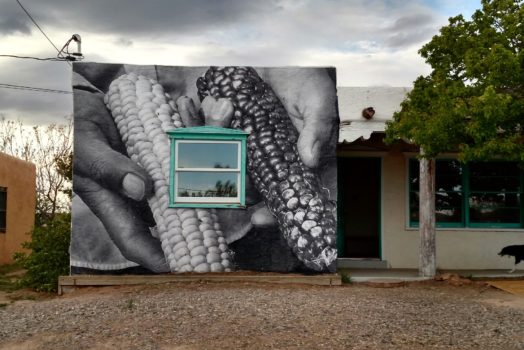This year (2024), marks the 155th anniversary of the completion of the transcontinental railroad. I was invited to take part in a group show that considers life on the other side of the tracks. My artist statement follows.
It was a widely held belief by Plains tribes that the bison wouldn’t cross the train tracks which resulted in diminished herd sizes and decreased biodiversity of herds. A poignant example of intergenerational trauma can be found in the example of those Plains tribes that pre contact relied upon bison for clothing, shelter and food continue to experience higher rates of poverty and suicide as compared to other tribes. These tribes also have experienced a decrease in their average height with the loss of bison protein.[i]
While killing bison to force Native Americans off the Plains was never explicit U.S. government policy, the government endorsed it.
Civil War hero General William Tecumseh Sherman, tasked with protecting railroad construction in the postwar years for the Union Pacific Railroad, assured his former commander Ulysses S. Grant, "We are not going to let thieving, ragged Indians check and stop the progress."[ii]
A year later, he wrote to his colleague in arms, Major General Philip Sheridan. He said that Native Americans would never give up their lifestyle until the buffalo were gone.
"I think it would be wise to invite all the sportsmen of England and America there this fall for a Grand Buffalo hunt, and make one grand sweep of them all," Sherman declared.[iii]
American settlers were already hunting the bison. Pouring west with guns, they frequently shot at the animals from trains for sport. "Buffalo" Bill Cody even made a career out of killing bison, which became a popular feature of his Wild West shows. In two years, he slaughtered 4000.[iv]
Bison hunting intensified after the completion of the transcontinental railroad in 1869. Hunters arrived west in droves, many hoping to make fast money by killing the bison. Some of these "buffalo runners" got their bullets from U.S. army commanders. By the 1870s, they were killing an average of 5,000 bison a day.
Sherman noted "These men have done more in the last two years, and will do more in the next year, to settle the vexed Indian question, than the entire regular army has done in the last forty years," Sheridan said with satisfaction.
"They are destroying the Indians' commissary... for a lasting peace, let them kill, skin, and sell until the buffaloes are exterminated. Then your prairies can be covered with speckled cattle.”[v]
My work examines the inherent violence associated with the founding of the country and the creation of the transcontinental railroad.
[i] https://www.minnpost.com/economy/2019/01/the-effects-of-near-extinction-of-the-bison-are-still-being-felt-by-native-tribes-today/
[ii] https://www.smithsonianmag.com/history/where-the-buffalo-no-longer-roamed-3067904/
[iii] https://www.theatlantic.com/national/archive/2016/05/the-buffalo-killers/482349/
[iv] https://www.pbs.org/buffalowar/buffalo.html
[v] https://allthatsinteresting.com/american-bison-extinction-1800s
